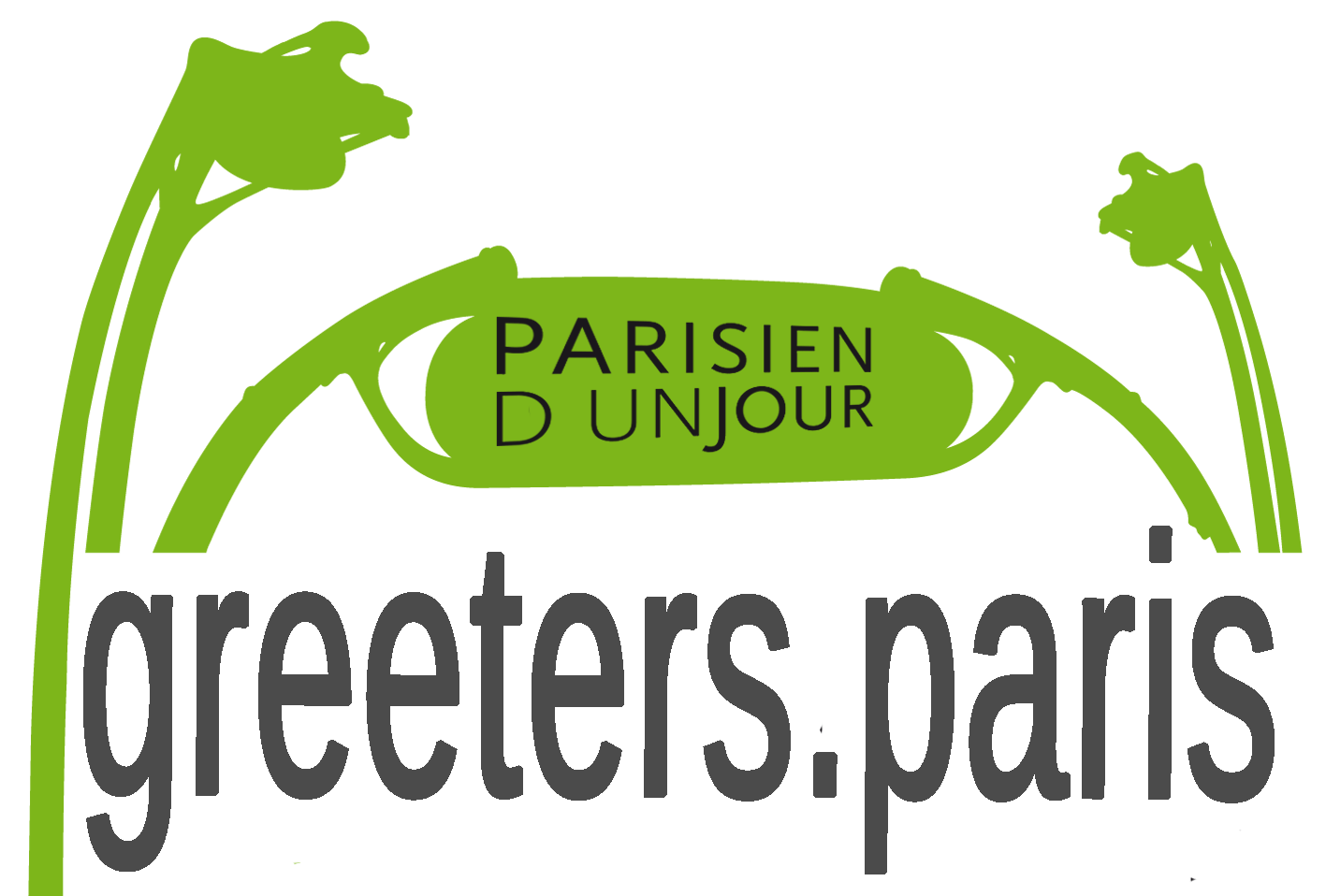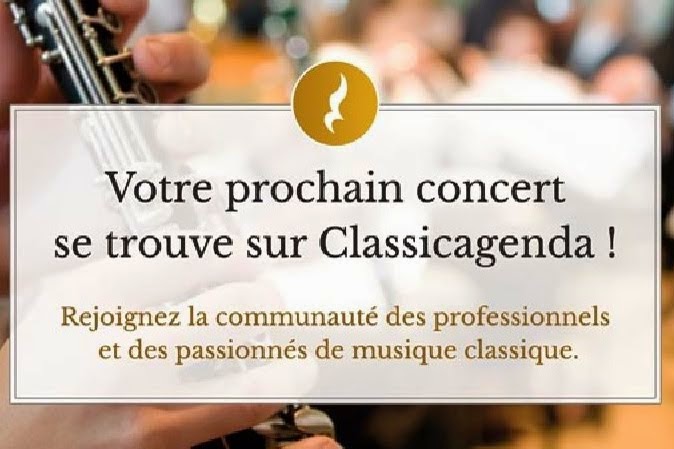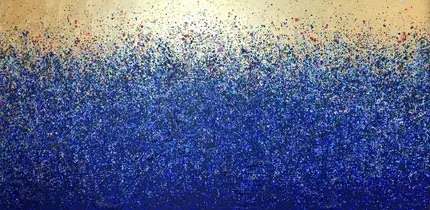Adolphe
Thiers (1797-1877) was a young lawyer, writer, journalist.., very ambitious and
with a wish for a political career. Without fortune, he was helped by his
(older) wealthy married mistress, Eurydice Dosne. A marriage with her daughter Elise (16 years old) was
arranged. Thiers could buy the Dosne family home, Place Saint George. He was
heavily involved in the 1830 “July Revolution” which overthrew King Charles X
and brought Louis Philippe to the throne. He served several times as Prime
Minister. He was again involved in the 1848 Revolution, which established the
Second French Republic, but lasted only until 1852, when Louis-Napoléon
Bonaparte declared himself Emperor, Napoléon III… and Thiers became an opponent. In 1870-71 the French suffered the war with the Prussians, Napoléon III had to
leave, Thiers was elected chief executive of the new French government and
negotiated the end of the war. The French Commune seized power in March 1871…
and Thiers gave the order for its suppression, meaning a lot of fighting in the
Paris streets and thousands of victims. He was named President of the new Third
Republic. He resigned two years later. Here are some portraits of him.
His home
was destroyed by the “communards”. Thiers
managed to get State money to rebuild, actually to something larger and nicer. Here we
can see what the mansion looked like before 1871 … and after destruction.
The
reconstructed home (1873) is still there. The garden has now become a public
park.
Thiers spent only a few years here as he died in 1877, soon followed by
his wife and the house was then occupied by the wife’s younger sister. It was bequeathed
to the “Institut de France” (the French Academies) in 1905. It’s now a
foundation ("Fondation Dosne-Thiers") and holds especially a history library, specializing in the period
from the French Revolution to WWI.
Some views
from the inside, first the stairs…
There is
very little furniture left, except in one room, where you can also find some
Thiers “souvenirs”.
Thiers was a
great reader… and author of historical works. He was actually already elected member of
the French Academy at the age of 36. One large room is full of books.
On an upper
floor is the real library, open to the public. The collection of historical works
is unique. A lot was of course lost when the “communards” destroyed the
previous building, but the collection has grown considerably over the years.
One quite
empty large room is today used for conferences, concerts…
On the
ground floor there are a number of reception rooms, today available for special
events.




































































